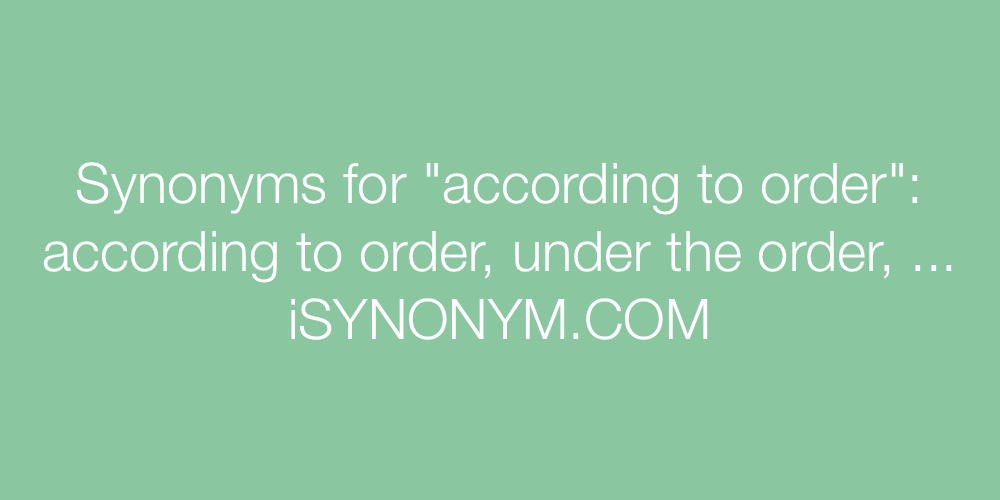
Since then, additional warheads have been retired for an estimated stockpile of approximately 3,700 warheads. In 2021, the Biden administration declassified the number of warheads in the stockpile and the number of dismantled warheads, noting that the stockpile consisted of 3,750 warheads as of September 2020. After that, the Trump administration decided no longer to declassify the numbers. government declared in March 2018 that its stockpile included 3,822 warheads as of September 2017. I Non-deployed reserve includes an estimated 1,764 strategic and 100 non-strategic warheads in central storage. H Approximately 100 B61 bombs are deployed in Europe at six bases in five countries (Belgium, Germany, Italy, Netherlands, and Turkey). G This number is higher than the aggregate data released under the New START data because this table also counts bomber weapons on bomber bases as deployed. See 2022 overview of Russian forces here.

A major uncertainty is how many tactical weapons will be replaced by new nuclear versions versus conventional weapons. The future of the Russian stockpile size is debated: US Strategic Command and part of the Intelligence Community claim “Russia’s overall nuclear stockpile is likely to grow significantly over the next decade – growth driven primarily by a projected increase in Russia’s non-strategic nuclear weapons.” Others privately disagree. Public details are scarce, but we estimate that Russia is dismantling 200-300 retired warheads per year. Many retired non-strategic warheads are thought to be awaiting dismantlement.Į Includes an estimated 977 strategic warheads and all 1,912 non-strategic warheads.į In addition to the 4,477 warheads in the military stockpile, an estimated 1,500 retired warheads are thought to be awaiting dismantlement. Numbers have been updated for later changes.ĭ All are declared to be in central storage, although some storage sites may be close to bases with operational forces. Detailed overview of Russian forces as of 2022 is here.

For a breakdown of the nuclear warhead categories of the different nuclear-armed states, and for links to more details overviews of each country’s arsenals, see this table:Ī Warheads in the “military stockpile” are defined as warheads in the custody of the military and earmarked for use by military forces.ī The “total inventory” counts warheads in the military stockpile as well as retired, but still intact, warheads awaiting dismantlement.Ĭ This number is higher than the aggregate data under the New START treaty because this table also counts bomber weapons at bomber bases as deployed. Despite limitations, however, publicly available information, careful analysis of historical records, and occasional leaks make it possible to make best estimates about the size and composition of the national nuclear weapon stockpiles. Fortunately, in 2020, the Biden administration restored nuclear transparency – a victory for nuclear accountability in a democratic country. Between 20, the United disclosed its total stockpile size, but in 2019 the Trump administration stopped that practice. Yet the degree of secrecy varies considerably from country to country. Most nuclear-armed states provide essentially no information about the sizes of their nuclear stockpiles. The exact number of nuclear weapons in each country’s possession is a closely held national secret, so the estimates presented here come with significant uncertainty.

But China, India, North Korea, Pakistan and the United Kingdom, as well as possibly Russia, are all thought to be increasing their stockpiles (see map): France and Israel have relatively stable inventories. The United States is still reducing its nuclear stockpile slowly. In contrast to the overall inventory of nuclear weapons, the number of warheads in global military stockpiles––which comprises warheads assigned to operational forces––is increasing once again. Moreover, these reductions are happening only because the United States and Russia are still dismantling previously retired warheads. Globally, the overall inventory of nuclear weapons is declining, but the pace of reductions is slowing compared with the past 30 years. Despite progress in reducing nuclear weapon arsenals since the Cold War, the world’s combined inventory of nuclear warheads remains at a very high level: nine countries possessed roughly 12,700 warheads as of early-2022.Īpproximately 90 percent of all nuclear warheads are owned by Russia and the United States, who each have around 4,000 warheads in their military stockpiles no other nuclear-armed state sees a need for more than a few hundred nuclear weapons for national security.


 0 kommentar(er)
0 kommentar(er)
